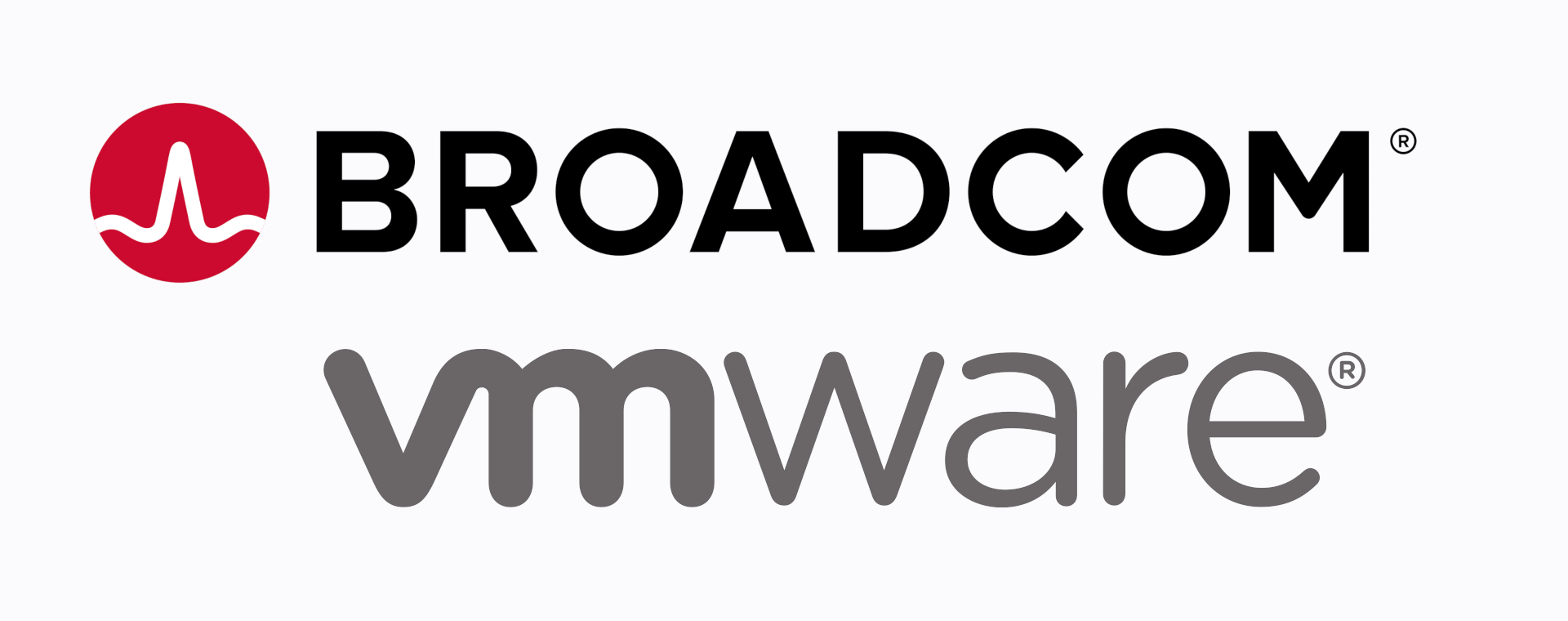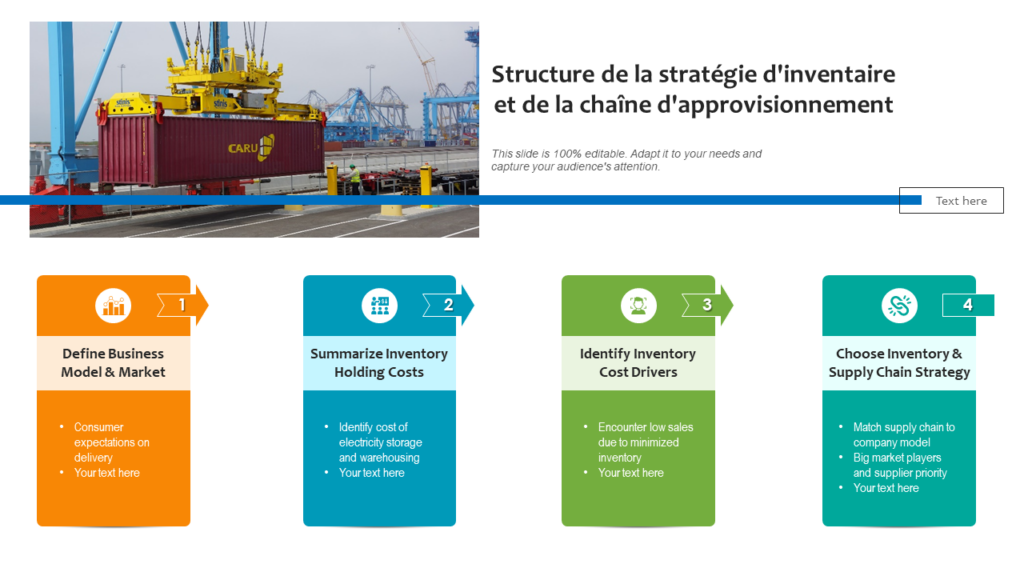VMware Pricing Controversy: AT&T Details Broadcom's Extreme Cost Increase

Table of Contents
AT&T's Public Outcry and the Scale of VMware Price Increases
AT&T's outspoken criticism underscores the severity of the VMware price increases. Their complaints focus on the dramatic jump in license costs for various VMware products following Broadcom's acquisition, impacting their existing contracts and significantly increasing their IT budget. While exact figures haven't been publicly released by AT&T in detail due to confidentiality agreements, reports suggest percentage increases in the double digits for crucial VMware products. This translates to millions of dollars in additional expenses for AT&T, a financial burden echoed by many other large enterprises.
- Specific VMware products affected: vSphere, vSAN, vRealize Operations, and NSX are among the products reported to have experienced substantial price hikes.
- Price comparison: Anecdotal evidence suggests price increases ranging from 20% to over 50% for some licenses, depending on the product and contract terms. Pre-acquisition prices are being compared unfavorably to the current, post-merger costs.
- Contractual impact: Existing long-term contracts have reportedly been affected, forcing businesses to renegotiate or face significantly higher renewal costs. The lack of transparency and the abrupt nature of these price increases have added to the controversy.
Broadcom's Response and Justification for VMware Price Hikes
Broadcom's official statements regarding the VMware price hikes have centered around increased investment in research and development (R&D) and the need to adjust pricing to reflect current market conditions. They argue that the increased costs are necessary to maintain innovation and deliver cutting-edge virtualization solutions.
- Key points from Broadcom's statements: Focus on long-term investment, enhanced product features, and the overall value proposition of VMware's offerings.
- Plausibility analysis: While increased R&D is a valid point, the sheer magnitude of the price increases has raised questions about whether the justifications fully account for the scale of the cost hikes. Many analysts believe the increases exceed what's justified by R&D and market fluctuations alone.
- Counterarguments: Critics suggest that the price hikes are primarily driven by a post-acquisition strategy to maximize profits, potentially exploiting VMware's dominant market position. This raises concerns about potential anti-competitive practices.
The Broader Implications of the VMware Pricing Controversy for the IT Industry
The VMware pricing controversy extends far beyond AT&T, impacting the entire IT industry. Small and medium-sized businesses (SMBs) are particularly vulnerable, facing potentially crippling increases to their IT budgets. The controversy also raises significant antitrust concerns and invites regulatory scrutiny, particularly regarding the potential for monopolistic practices.
- Impact on IT budgets: Businesses are forced to reassess their IT spending, potentially delaying or canceling other crucial projects due to the unexpected VMware cost increases.
- Shift towards alternatives: The controversy is accelerating the search for alternative virtualization solutions, giving rise to a stronger consideration of open-source alternatives and cloud-based solutions.
- Potential legal challenges: Several legal experts predict that class-action lawsuits or regulatory investigations are likely as customers explore options to address the aggressive price hikes.
Exploring Alternative Virtualization Solutions
The VMware pricing controversy is prompting businesses to explore alternative virtualization technologies. Options like Proxmox VE (an open-source solution), Citrix Hypervisor, and Microsoft Hyper-V offer viable alternatives, each with its own strengths and weaknesses. Open-source solutions like Proxmox VE can be particularly attractive due to their cost-effectiveness and community support. Cloud migration is another option to consider, though it presents its own set of challenges, including potential vendor lock-in and security considerations. Choosing the right alternative requires careful evaluation of factors like scalability, security, ease of management, and integration with existing infrastructure.
Conclusion: Navigating the VMware Pricing Controversy and Finding the Right Solution
The VMware pricing controversy, sparked by Broadcom's acquisition and highlighted by AT&T's public outcry, reveals significant price increases impacting businesses globally. While Broadcom offers justifications based on R&D and market conditions, the sheer magnitude of these increases has raised concerns regarding monopolistic practices and prompted exploration of alternative virtualization solutions. Businesses facing increased VMware licensing costs must carefully evaluate their options, considering alternatives like open-source virtualization, cloud migration, and robust negotiation strategies with VMware or alternative vendors. Actively researching VMware pricing strategies and carefully examining VMware licensing costs are crucial steps in optimizing virtualization spending and mitigating the impact of this ongoing controversy. Don't let rising VMware costs cripple your IT budget – explore your options today.

Featured Posts
-
 Strictly Come Dancing Wynne Evans Unexpected Career Change
May 09, 2025
Strictly Come Dancing Wynne Evans Unexpected Career Change
May 09, 2025 -
 Le Modem Et Renaissance Fusion Ou Simple Rapprochement Analyse De La Strategie D Elisabeth Borne
May 09, 2025
Le Modem Et Renaissance Fusion Ou Simple Rapprochement Analyse De La Strategie D Elisabeth Borne
May 09, 2025 -
 Arsenals Absence From Champions League Final Rio Ferdinands Forecast
May 09, 2025
Arsenals Absence From Champions League Final Rio Ferdinands Forecast
May 09, 2025 -
 Red Wings Playoff Aspirations Take A Blow In 6 3 Loss To Vegas Golden Knights
May 09, 2025
Red Wings Playoff Aspirations Take A Blow In 6 3 Loss To Vegas Golden Knights
May 09, 2025 -
 Surgeon General Nomination Withdrawn White House Selects Maha Influencer
May 09, 2025
Surgeon General Nomination Withdrawn White House Selects Maha Influencer
May 09, 2025
